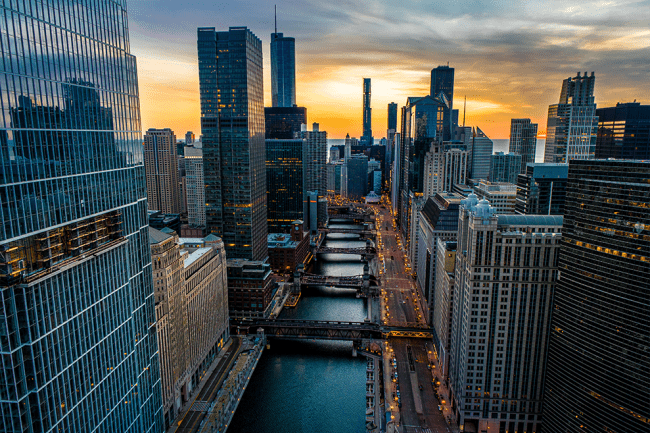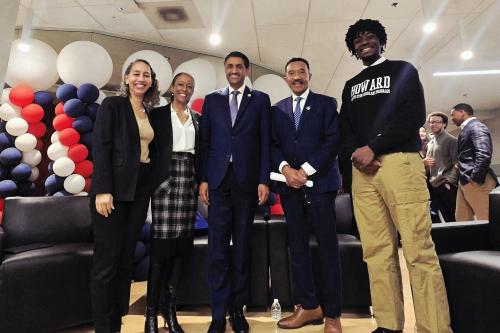With a goal of ending poverty and deprivations by improving health and education, reducing inequality, and spurring economic growth while addressing climate change, the United Nations member states, including the United States, developed the 2030 Agenda for Sustainable Development. At the core of the agenda are 17 Sustainability Development Goals (SDGs) which every country should work towards.
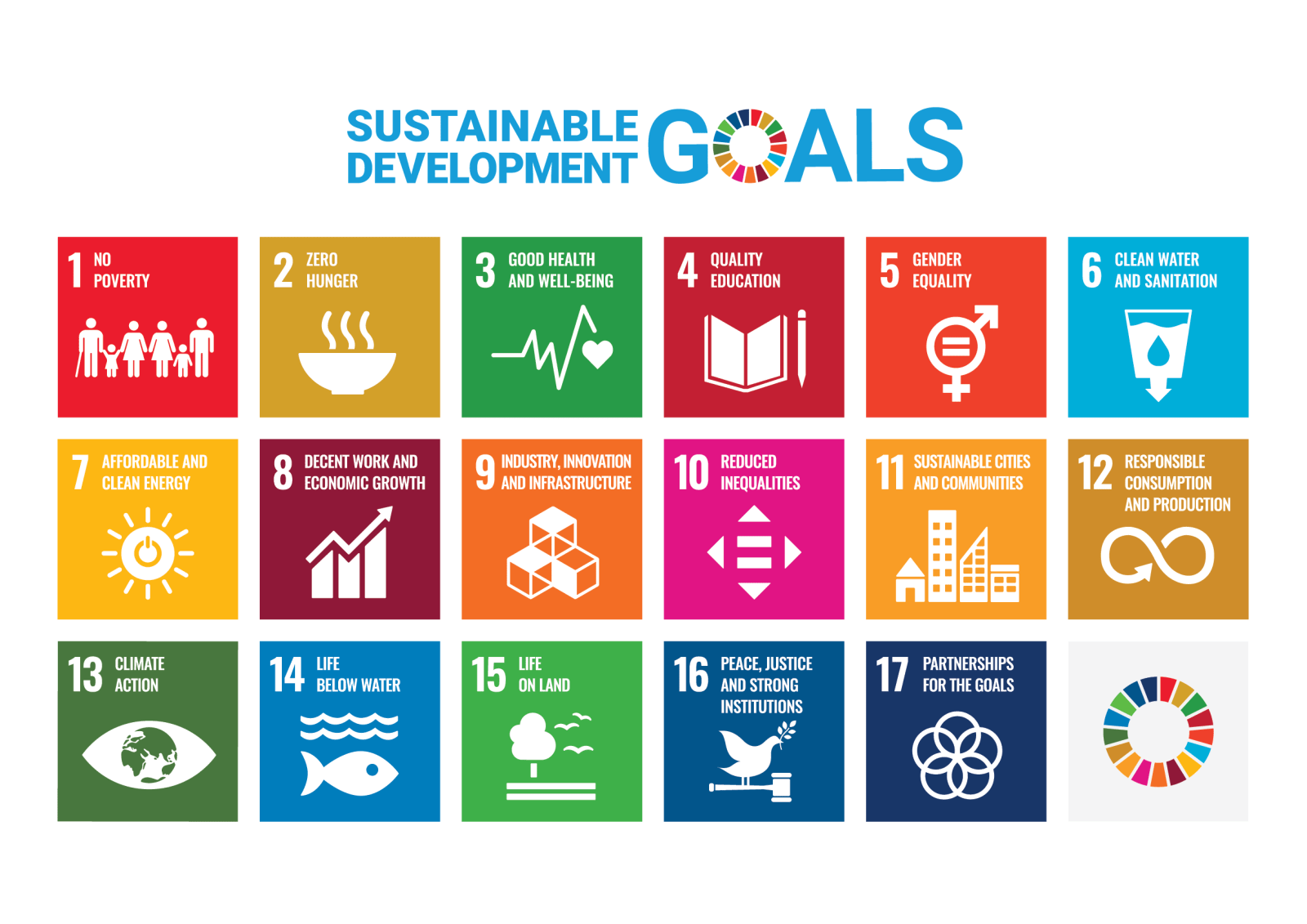
Many cities across the United States have historically neglected neighborhoods with primarily Black populations. In support of his work at the United Nations, Professor Justin Hansford and students at the Thurgood Marshall Civil Rights Center Movement Lawyering Clinic traveled to 40 U.S. cities to compile "The Black Audit Project Report." In each city, students use the United Nations’ 17 SDGs to measure the conditions of Black and Brown populations. Law student Oreoluwa Adewale traveled to Chicago to speak with local organizations and citizens as she developed the Chicago component of the report. She collaborated with the University of Illinois – Chicago, Chicago Freedom School, Chicago Community Bond Fund, People for Community Recovery and Build, Inc., for insight into community conditions.
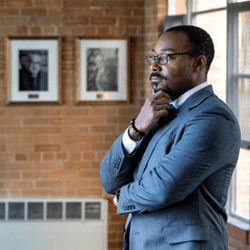
“This process will provide the basis needed to create local reparations harms reports," said Hansford. "No local racial justice remedies will survive legal challenge today unless there is a detailed report explaining how the disparities in effect are tied to the actions of the city. These reports employ that fundamental framework.”
Persistent segregation in Chicago contributes heavily to a higher-than-average poverty rates amongst its Black and Asian populations. Black residents in the city face poverty at a rate of 28.7%, a figure that is nearly three times higher than the poverty rate for white Chicagoans, which stands at 10.3%. Most of the city’s Black residents live in neighborhoods in the South Side and West Side. In these neighborhoods, poverty rates reach and sometimes exceed 50%.

Sixty-one percent of Chicagoans in poverty are neither working nor actively seeking work, while 25% of the city’s children are experiencing poverty. One in four youth in Chicago currently live in poverty. Within the city's public schools, 76% of the over 300,000 public students rely on school meals, and more than 16,400 students are homeless. Growing up in one of the most segregated major cities in the U.S., Chicago's low-income youth, particularly those from Black and Latinx communities, often find themselves trapped in a cycle of intergenerational poverty.
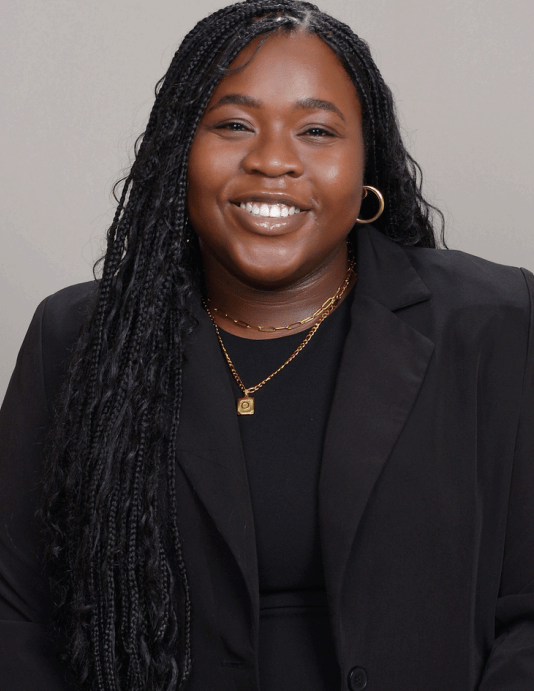
The disparity in access to quality education exacerbates the issue of poverty. In 2013, Chicago Public Schools closed 50 schools in the South and West sides, disproportionately affecting Black students. The closures led to a steady decline in CPS enrollment and further disinvestment in these neighborhoods. Schools whose enrollment falls below 70% are labeled underutilized and become vulnerable to closure by the district. The already present lack of access to district resources puts public schools in these neighborhoods at a perpetual disadvantage, according to Adewale's research.
Magnet and selective-enrollment schools designed to promote integration and increase access to education for minorities remain inaccessible to them due to transportation deficiencies and limited seating. Only 20% of these schools met racial diversity standards in 2019.
The current conditions related to financial and educational well-being would likely earn the city a low grade for the U.N.’s “No Poverty” and “Quality Education” SDGs. While Chicago has made notable progress in several areas related to the SDGs, it still faces significant challenges that prevent it from fully aligning with the United Nations’ 2030 Agenda. Despite efforts by the city and local nonprofit organizations, the city still needs to increase funding to these areas to make the progress necessary to achieve greater racial equity.
The entire Black Audit Project report was presented to the United Nations by the Permanent Forum on People of African Descent in April 2024.
###


